Some thoughts on the messed up memory culture of late 20th century America into which I was socialized
Or, why did so many late 20th C. Americans feel like we had to give a pass to historical figures who committed their lives to undermining the foundational values we claimed the US stood for?
On Tuesday night I’ll be in Seattle interviewing Rachel Maddow. She’s currently on tour with her newly published book Prequel: An American Fight Against Fascism. If you’ve listened to her excellent podcast Ultra, you’ll be familiar with the basics of the story she tells more fully in this book about the rise of a multi-pronged fascist movement in pre-WWII America. It’s a well-told tale with plenty of contemporary resonances, but there’s one particular theme I want to draw out here.
One thing we learn from Maddow’s book is that almost all of the seditious American fascists from the 1930s and 40s—people who literally wanted to work together with the Nazis to eliminate or deport the nation’s Jews and turn the country into an authoritarian homeland for white Christians—got off scot free after WWII and went on to live fairly normal lives as people who their neighbors generally thought of as “Commie-hating Christian Patriots,” if perhaps slightly eccentric or kooky ones.
How and why did the history of American fascism get memory holed in the years following WWII, and what were the consequences of that forgetting for our political culture? It’s great that many of us now know about events like the huge pro-Nazi rally at Madison Square Garden in 1939 where a banner of George Washington hung beside one littered with swastikas, but why did it take Trump’s victory in 2016 to bring that moment from our past into the awareness of more than just a handful history nerds? Is it possible that by forgetting the history of American fascism and tacitly forgiving the people responsible for building a robust fascist movement in pre-WWII America, we left ourselves more vulnerable to its reemergence in the 21st?
Let’s take Charles Lindbergh as our first case study. I vividly remember, as a teenager visiting DC for the first time in 1983, staring up in awe at The Spirit of St. Louis hanging from the rafters of the Air and Space Museum. As far as I can remember, Lindbergh’s pro-Nazi sensibilities were not part of what I learned about him on that day. Had that come up, I suspect I would have dismissed it as a fairly unimportant aspect of who that brave aviator was.
It appears that Lindbergh had kind of a cultural moment in the mid-1980s, because in 1985, Minneapolis made the decision to name one of its airport terminals after Mr. “Let’s Put America First Because the Jews are Trying to Drag us into a War” and Mr. “aviation technology was a gift to the white people of the world so we can maintain our dominance over the world’s savage hordes of non-whites.” I blithely flew in and out of Minneapolis’s Lindbergh terminal many times in the 1990s and 2000s, DURING and AFTER my PhD work in US History, and I swear it was not until the mid-2010s that I first thought to myself “hey, wait a minute, why the hell is that Hitler-lover Lindbergh’s name on this terminal?”
I was just as ignorant of the fascist proclivities of Henry Ford, who had a framed picture of Hitler on his desk in the 1930s which was reciprocated by Hitler who had a framed picture of Henry Ford on his desk. I vaguely remember hearing some relatives talk about how Ford was an antisemite, but I imagined that meant he was personally rude to individual Jewish people. I did not know that aside from innovating the Model T and the assembly line (factoids I dutifully learned in history class), he also was responsible for producing and disseminating an enormous barrage of lying, antisemitic propaganda that fueled a violently fascist movement in the pre-WWII era. Many Ford dealerships in the 1920s and 30s placed copies of Ford’s publication (a representative sample below) on the seat of every new Ford they sold. So it’s not that Ford’s antisemitism simply made him guilty of private “wrongthink.” He’s not just “a man of his time” who’s been subjected to unfair cancellation these days by the woke mob and “revisionist historians.” He poured a large chunk of his wealth into building a robust fascist movement that talked openly about eliminating Jewish people from America and the earth. The pro-democracy Americans who fought against fascism in Ford’s time understood that quite well.
This is a bit of an aside, but if any young person in the 1970s or 80s should have known and cared about Ford’s antisemitic nastiness it should have been me. Family lore has it that my Great Uncle Abe Grossman, who taught me how to throw a curveball in my grandparents’ backyard in 1979, almost made the Yankees pitching staff in the 1920s. “Too much Jew” indeed, Mr. Ford.
Abe Grossman, son of an immigrant tailor, worked as a postal carrier for most of his adult life. This picture was taken in the late 1940s or early 1950s when he was vacationing in Miami with his sister, my great-grandmother, Mary Covitch.
And also, I take great pride in knowing that when my grandmother was named Miss Altoona in 1931, she was sponsored by one of that antisemite’s dealerships. Again, take that Mr. Ford.
I didn’t learn about this moment in my grandmother’s life until after she passed away, and I so wish I’d gotten a chance to ask her if she interpreted her victory as a rebuke to Henry Ford. Since I’ll never know for sure, I think I’ll choose to believe that I see a slightly raised middle finger on her right hand in this picture. If you knew my grandmother, you’d know that she’d approve of me taking this creative license.
Cold War era perceptions of Gerald LK Smith provide another example of the late 20th century impulse to minimize the history of American fascism. I suspect that if you’re reading this substack then you’re probably familiar with Smith, the virulently antisemitic and racist founder of the “America First Party” (1943) and the Christian Nationalist Crusade (1942). Those terms “Christian Nationalism” and “America First” might ring some bells.
As an undergraduate in 1989 I took a modern US History course in which we read a 1983 book by Alan Brinkley that devoted a few pages to Huey Long’s disciple, Gerald LK Smith. Like most living Americans in 1989, I’d never heard of him before, nor had I heard of Father Coughlin, another figure discussed in Brinkley’s book. I distinctly remember at the time thinking “holy crap, what a kook that Smith guy was.” If you’d told me in 1989 that in 30 years I’d be writing about him as a significantly influential figure in the nation’s past who it would behoove us to know about, I would have looked at you like you had two heads. Smith’s variety of buffoonishly illiberal bigotry was a thing of the past, receding ever further from relevance as the arc of history bent toward justice. Right?1
Anywho, below is a recent picture of Dewey Tucker, the Christian Nationalist preacher from Tennessee who has done the most over the past few decades to keep the memory of Gerald LK Smith alive on the interwebs. I wrote about the simultaneously odious and ridiculous Buddy Tucker in this earlier iteration of Rightlandia.
Another major (but now largely forgotten) figure in Maddow’s book is Elizabeth Dilling, one of the more prolific and influential Nazi-sympathizing, antisemitic propagandists of the 20th century. When she died in 1966 the NYTimes eulogized her as a feisty “anti-communist” fighter, tactfully neglecting to mention the rabid antisemitism for which she was primarily known and which formed the organizing principle of her fascistic variety of anti-communist politics. Her seditious efforts to undermine the American war effort during WWII and aid the Nazis do get a mention here, but are framed as kooky and inconsequential actions for which she seems to have been unfairly persecuted.
One interesting detail I learned while researching Dilling is that she’s buried in Skokie, IL of all places, two blocks from a synagogue and in between the graves of the Brady Bunch dad (Robert Reed) and Jerry Springer. Ah America, land of contrasts.
If the Nazis had held their march in Skokie as they’d planned in 1977 and as the ACLU successfully fought for their right to do, then it’s likely they would have goose stepped right past Elizabeth Dilling doing joyful cartwheels in her grave which sits just a few score yards from Skokie’s major artery of Gross Point Rd.
The appropriately-colored red pin marks the spot of Elizabeth Dilling’s grave.
When Dilling’s son Kirkpatrick died in 2003 he got an exceptionally white washed obituary in the Chicago Tribune. Now I know we’re not supposed to speak ill of the dead…but as I’ll explain below the fold…come the fuck on now, this is outrageous.
The "Liberty Lobby" of which Kirkpatrick was a member was run by a neo-Nazi named Willis Carto who in the 1980s founded the world’s leading journal of Holocaust denial. Carto was also known to host celebrations of Hitler’s birthday in the Liberty Lobby’s DC office. It’s pretty gobsmacking that Kirkpatrick, who expressed his “patriotism” by contributing to Carto’s Liberty Lobby, worked in the "de-Nazification" field for the US government. And can we also pause for a moment to note that the war department chose Kirkpatrick Dilling to be involved with de-Nazification efforts AT THE SAME TIME that his mother, whose politics he shared, was on trial for SEDITION for being a viciously antisemitic pro-Nazi organizer of opposition to the US government? I highly suspect that Dilling’s approach to de-Nazification might have been better characterized as “re-Nazification.” This vignette that appeared in the September 1944 edition of The Southern Jewish Monthly, gives you a little flavor of Elizabeth and Kirkpatrick’s attitude toward Jewish Americans.
The history of American fascism that formed an important backdrop to Kirkpatrick Dilling’s life remained entirely buried below the surface of that obituary’s text, unless of course one happened to be the rare reader who would have recognized that “Dilling” last name and/or knew what the innocuously-named Liberty Lobby was.
Kirkpatrick Dilling shows up in Walter Huss’s archive as a speaker at a 1989 “alternative cancer treatment” event in California that Huss attended. Like Huss, Dilling traveled in the right wing lane of the “alternative medicine” universe from the 1960s into the 1980s. That particular lane emphasized how you couldn’t trust any modern institutions like the medical profession, science, or the media because they were controlled by evil-intentioned elites (who were probably Communists/Jews) who used poisonous pharmaceuticals and brainwashing information to soften America up for the red takeover. You could, however, TOTALLY trust what our featured speaker Dr. Nick and two patients of his can tell you, for a special low price that is available only today, about the guaranteed curative power of laetrile plus prayer.
I’ve written at greater length about the long history of this “crunchy to alt-right pipeline” in a previous installment of Rightlandia linked below. Basically, both Kirkpatrick Dilling and Walter Huss targeted as lucrative marks for their ineffective medical treatments the same sorts of people who were lucrative marks for the empirically-challenged but emotionally compelling anti-communist political propaganda produced in large quantity by Elizabeth Dilling and Walter Huss. It’s the same dynamic we see at work with Alex Jones, Dennis Prager, and Seb Gorka selling their audiences “miracle cures for pain that you can’t buy in stores,” gold bars, and reverse mortgages. It’s what Rick Perlstein long ago identified as “The Long Con” at the heart of American conservative political culture, and it just keeps happening over and over again in almost the exact same way because apparently learning from the past is not something many of us Americans are all that good at.
Sending Spit to Ms. Safron
In 1983 Walter and Rosalie Huss sent samples of their spit through the mail to an herbalist in Venice, CA named Ms. Safron. They received in return an analysis that informed them as to which supplements they should take so as to achieve optimal health.
We as a nation absolutely did not have to go easy on the memory of Kirkpatrick or Elizabeth Dilling, or Gerald LK Smith, or Henry Ford, or Charles Lindbergh, let alone put that last guy’s name on airport terminals. Normalizing such people as mere “anti-communists” or “fundamentalist Christians” or “ultraconservative patriots” or “principled isolationists” was a mistake. So was minimizing them as irrelevant “kooks” or “crackpots.” Both impulses did a real disservice to the nation’s political memory by weakening our antifascist defenses and atrophying our pro-democratic muscles. Gerald LK Smith, for example, had a mailing list of over 3 million names in the 1960s. The Liberty Lobby’s neo-Nazi radio show could be heard on over 470 AM radio stations in that decade. Calling these folks “crackpots” did nothing to stem the torrent of fascist bile they poured into the reservoir of our political culture on a daily basis, bile that was generally ignored as irrelevant by the vast majority of Americans and interpreted as perfectly normal, “patriotic, pro-Christian, anti-Communist Americanism” by the millions of people to whom it appealed.
It was the rare public figure in the Cold War era who would have either a) forthrightly labeled such people “fascists” or b) taken the anti-democratic threat they posed seriously enough to pay much attention to them. Because these fascists were white, because the majority of them were elderly, because the rank and file of these movements was working or middle class, because the wealthy people who funded these fascist movements were usually respected “upstanding citizens,” because most of them were Christians, because they called themselves “patriotic lovers of the Constitution;” all of their violent ideation, all of their hateful bigotry got written off as eccentric personality quirks, rather than features of an organized and enduring fascistic strain in American politics.
I want to end with a different but related example of fascist-friendly historical memory from the 1970s, and that’s the time the US Congress unanimously voted to posthumously restore Jefferson Davis’s citizenship. One mind-blowing thing I learned from this excellent podcast on the topic was that one of the lead sponsors of this move in the US Senate (along with Strom Thurmond and Orrin Hatch, both likely suspects) was none other than Oregon Senator, respected “moderate Republican,” and lifelong champion of civil rights, Mark Hatfield. Hatfield gave this outrageously whitewashed speech about Jefferson Davis THE EXACT SAME WEEK that the nation’s attention was riveted by Roots, a show that told the history of slavery from the perspective of the enslaved for the first time ever on a major network. There was never a good moment for a self-described champion of Black civil rights like Hatfield, or really anyone, to give a speech on the Senate floor praising the “purity, manliness, courage, and devotion to the nation” exhibited by unrepentant seditionist and white supremacist enslaver Jefferson Davis. But as moments went, late January of 1977 was pretty much the most inappropriate one imaginable.
I’m sure Hatfield would have defended his action by saying “who cares if a guy who’s been dead for almost 100 years gets his citizenship restored? This is entirely symbolic and will make exactly zero difference in any living person’s life.” That’s true to some extent, but such a defense overlooks the powerful role that intangible things like “memory” play in shaping our national conversation about who “we” are and what “we” value. One person who undoubtedly would have been thrilled by Hatfield’s advocacy for poor old Jeff Davis is Walter Huss—the white supremacist and Christian Nationalist whose 15+ year grassroots effort to take over Hatfield’s Oregon Republican Party would succeed in August 1978, much to the chagrin of Hatfield, a long-time critic of the far right. A few months after Huss took over the OR GOP a new television show premiered on ABC called The Dukes of Hazzard, about two “good old boys, never meaning no harm” and their many humorous adventures evading legal accountability for their law breaking shenanigans while driving a car called “The General Lee.”
I didn’t know anything about that speech Hatfield gave when I was a ten year old in 1978-9, but I sure did watch and enjoy Dukes of Hazzard as a young white person in a racially homogenous, union-blue coal mining area of central Pennsylvania that would soon become prime “Reagan Democrat” territory in the 80s and is now 70-30 Trump country. For one week in 1977, Roots had invited me to reimagine American history through the eyes of enslaved people and their descendants, but every week for six years Dukes of Hazzard and the broader culture of “go easy on those poor Southerners like Jeff Davis who surely meant well” sent me countervailing messages about how Americans like me should fondly remember those “manly” and quintessentially American “rebels” of the Civil War era.
Another influence on my historical memory in 1977-78 would have been this beautifully illustrated 2-volume book that my grandparents bought me in honor of the bicentennial in 1976. The book opens with a sympathetic vignette about, you guessed it, Jefferson Davis.
Note how the story opens, whose shoes the reader is asked to put themselves in, and what lessons I, as a young reader, was encouraged to draw about the character of Jefferson Davis and the meaning of the Civil War.
This account of Jefferson Davis, the kind enslaver who reluctantly entered into the war, sounds a lot like Hatfield’s tribute to Davis, the great American man of principle who was unfortunately forced into a position where he had to make his living off the violently coerced labor of others and then was forced to lead the seceded states into a seditious war in which 600,000 Americans tragically perished. Mistakes were made, but it’s all behind us now so let’s let bygones be bygones.
This is your brain, and your nation’s historical memory, hopped up on reactionary white identity politics. That 1976 book includes many factual statements about the nation’s past, just as there are parts of Hatfield’s speech that contain factual statements, but the narrative upshot of both of those texts is the same. They both transform a violent upheaval that made possible the creation of a multi-racial democracy (i.e. the Civil War that ended slavery) into a tragic and regrettable battle between noble white Northerners and noble white Southerners who sadly let a philosophical disagreement over state vs. federal power become a shooting war. From the perspective of anyone who considers Black Americans to be equally valid historical and political subjects and who positively values the people and movements that have struggled to make America a multi-racial democracy, that is very much NOT what the story of the Civil War was about.
I hope this tour through “all the shit about the history of antisemitism, fascism, and racism that I should have learned about in my youth but didn’t” hasn’t been too solipsistic. My sense is that my socialization into American memory culture was not all that unusual for a middle class white kid like myself or for anyone who was exposed to the mainstream popular culture of the day. This was the sort of memory culture that led too many Americans in the 1970s to look upon a heavily armed racist subscriber to Gerald LK Smith’s magazine as a harmless crackpot to be ignored, and then to look upon a Black history professor armed with evidence-based lectures about the brutally exploitative nature of American slavery as a violently radical, America-hating brainwasher of college students. This was the sort of memory culture that led too many people to excuse Henry Ford or Charles Lindbergh’s antisemitism as just “how people were those days,” while either completely ignoring the many antifascists who organized against that antisemitism, or dismissing such antifascist leftists as dupes of the Communists.
America has a rich history of racism, and it also has a rich democratic history of people and movements that pushed against that racism. America has a rich history of fascism, and it also has a rich democratic history of people and movements that sought to blunt the power and influence of those fascists. In passing down such histories to the rising generations, there’s no need for us to bothsides them as if we should honor them as equally valued and respected parts of our national tapestry. To a great extent, nations are the stories they tell themselves about themselves. One way we can hopefully move toward a more democratic future is by more fully and truthfully telling the history of fascism and those who resisted it in the American past.
I’ll let Jake and Elwood have the last word.
While Brinkley’s book is still worth reading, the Appendix in which he addressed the question of whether Long and Coughlin were fascists has not aged as well. While I’d agree with Brinkley that Long doesn’t fit neatly into how I would define “fascism,” Coughlin most certainly does. Brinkley wrote his book before much scholarship had been produced detailing Coughlin’s ties with and sympathies for Nazi Germany, as well as his links to paramilitary groups like the Christian Front. In hindsight, it’s notable how insistent Brinkley was to declare “the F-word” an entirely inappropriate concept to apply to a figure like Charles Coughlin. Like all of us, Brinkley was a product of his time and social location (a professor at Columbia who was the son of NBC correspondent David Brinkley), so I can understand why he would have seen little connection between the right wing political culture of the 1930s and the conservative movement of the Reagan era. I remember being scoffingly amused by Coughlin and Gerald LK Smith when I learned about them in 1989, but also kind of morbidly fascinated by them as well. I think I sensed that the politics they espoused was still a live part of American political culture because I’d grown up in a place where that sort of right wing, populist, white identity politics resonated with a good number of people. That political culture was decidedly illiberal and harbored deep skepticism about (if not hostility to) multi-racial democracy and religious pluralism. While I wouldn’t necessarily use the word “fascist” to describe it, I wouldn’t describe it as staunchly and reliably “anti-fascist” either.


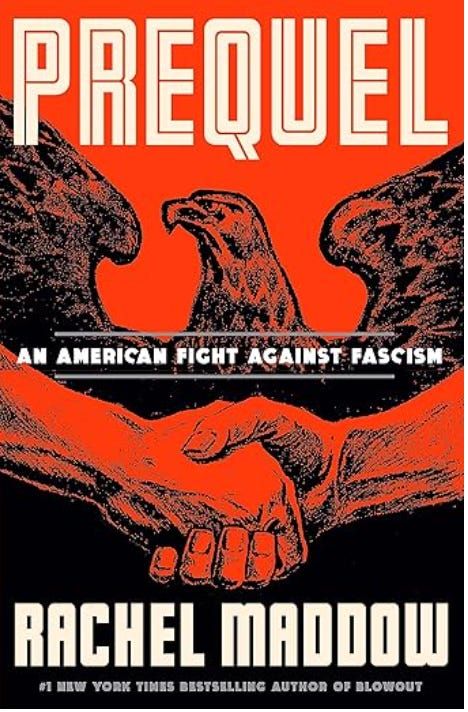
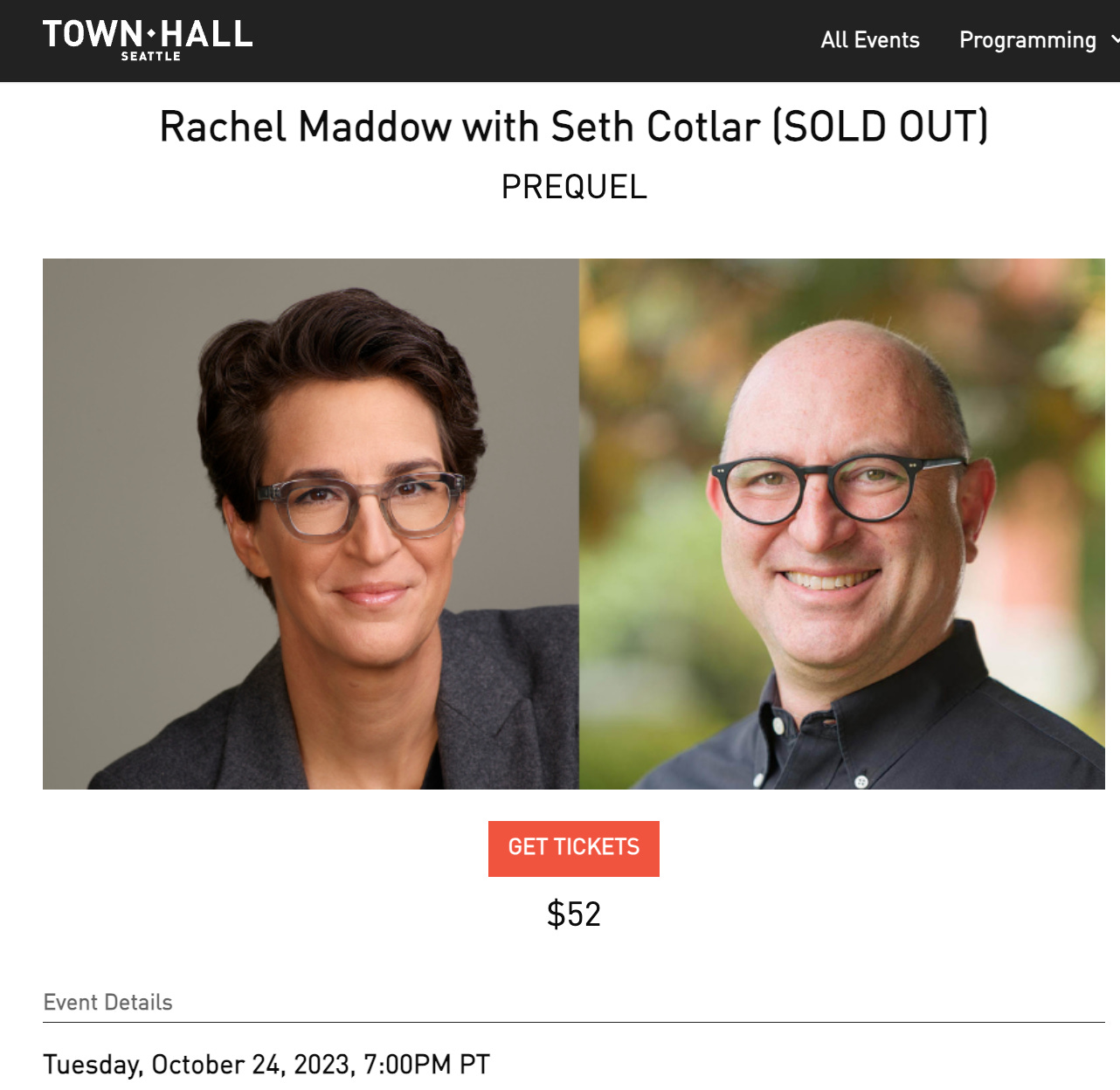
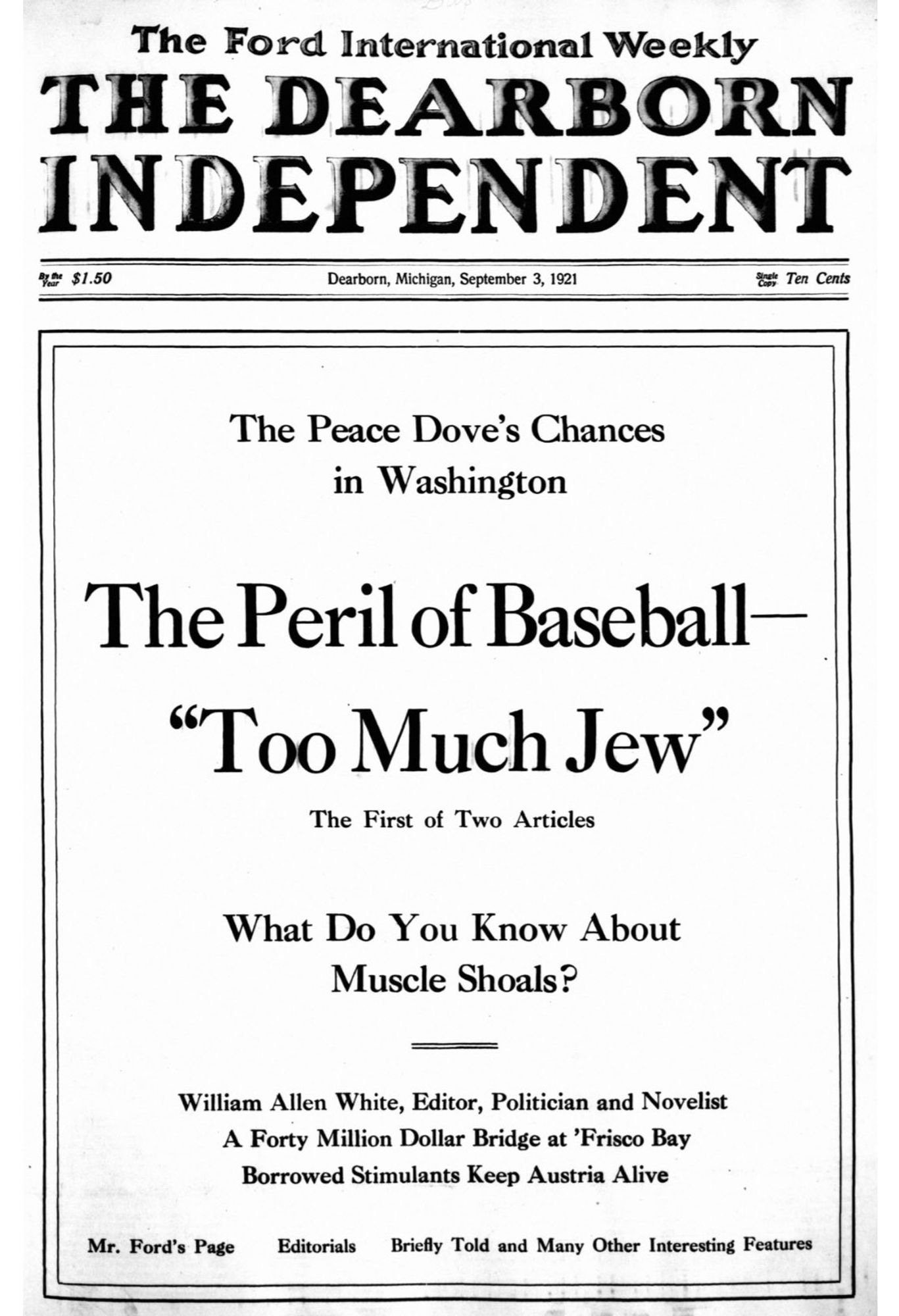
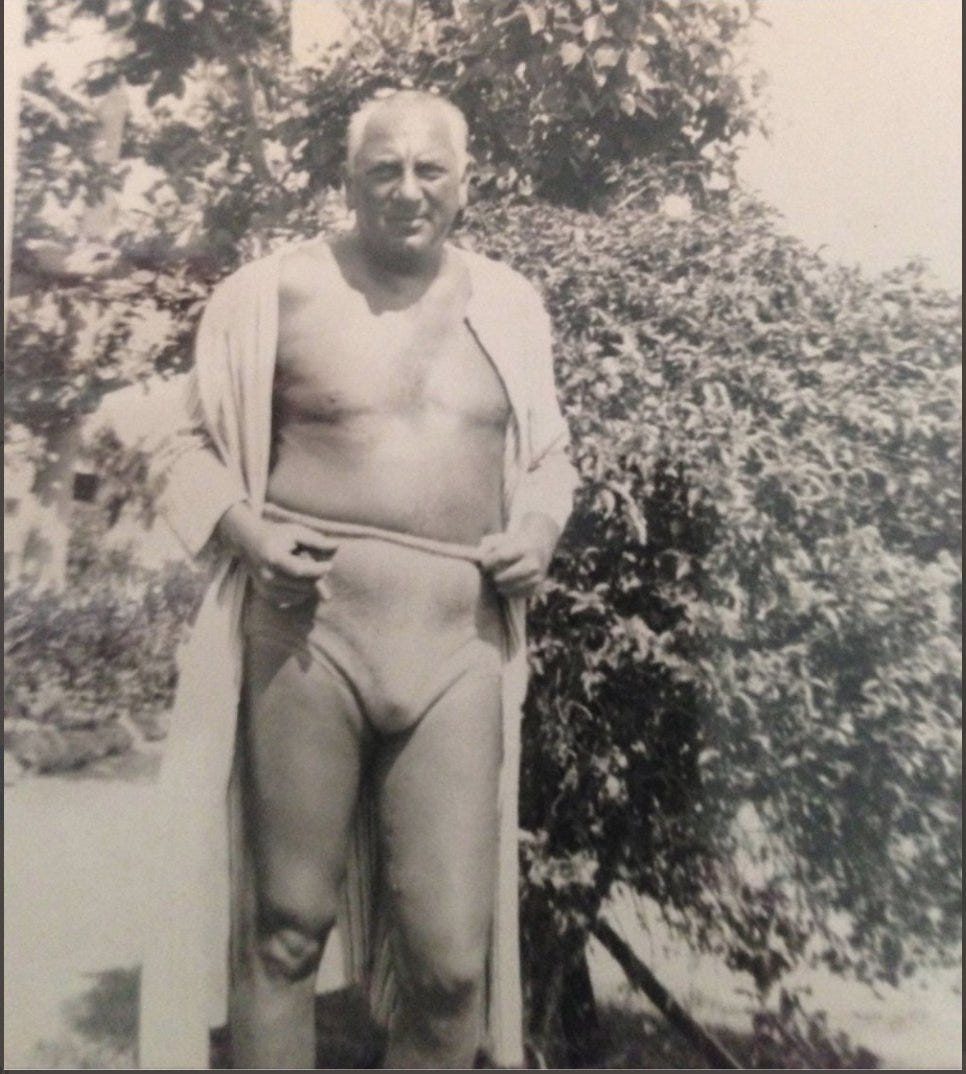
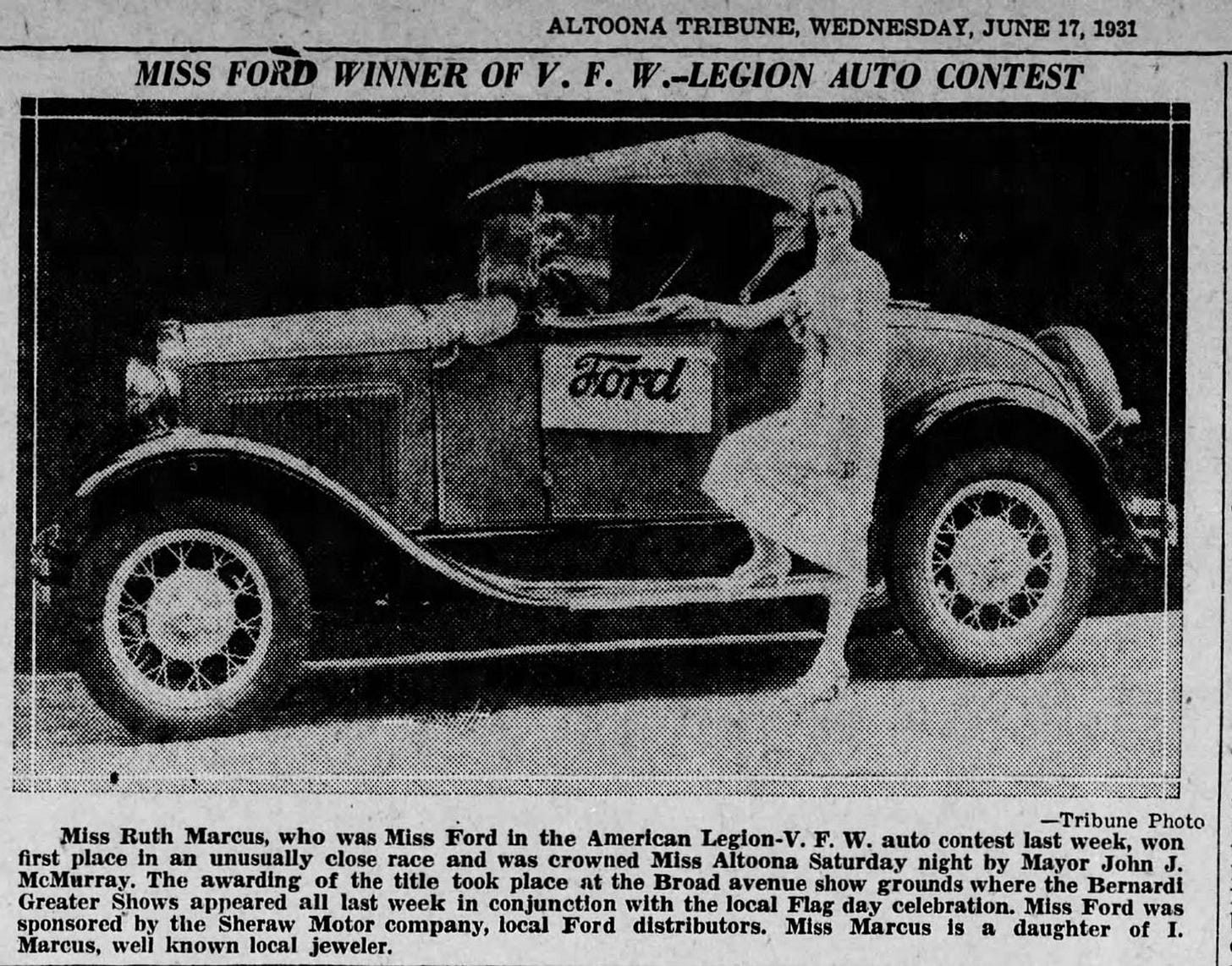
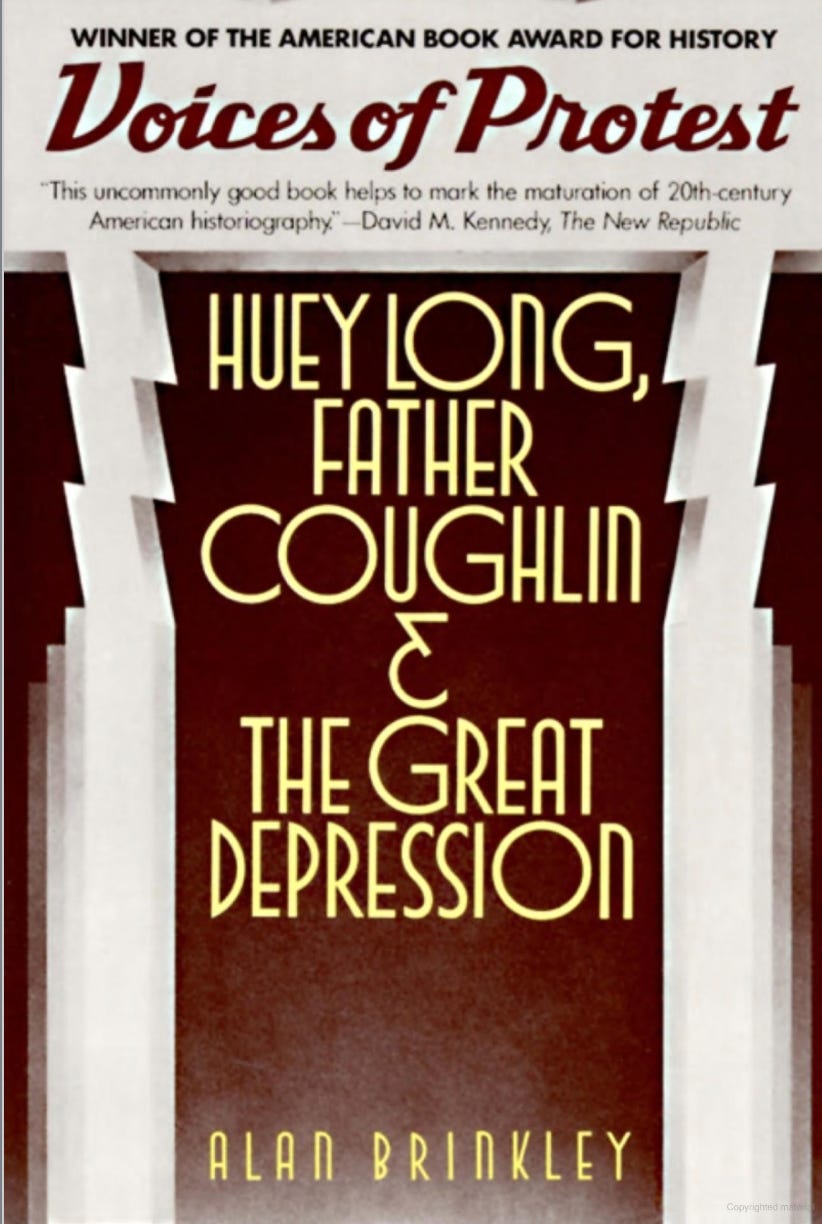

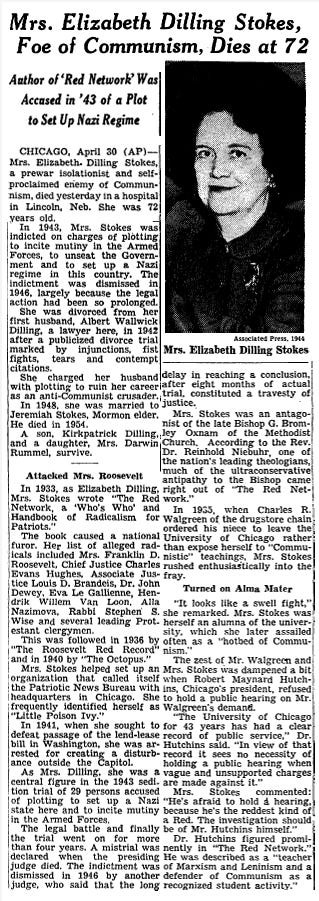
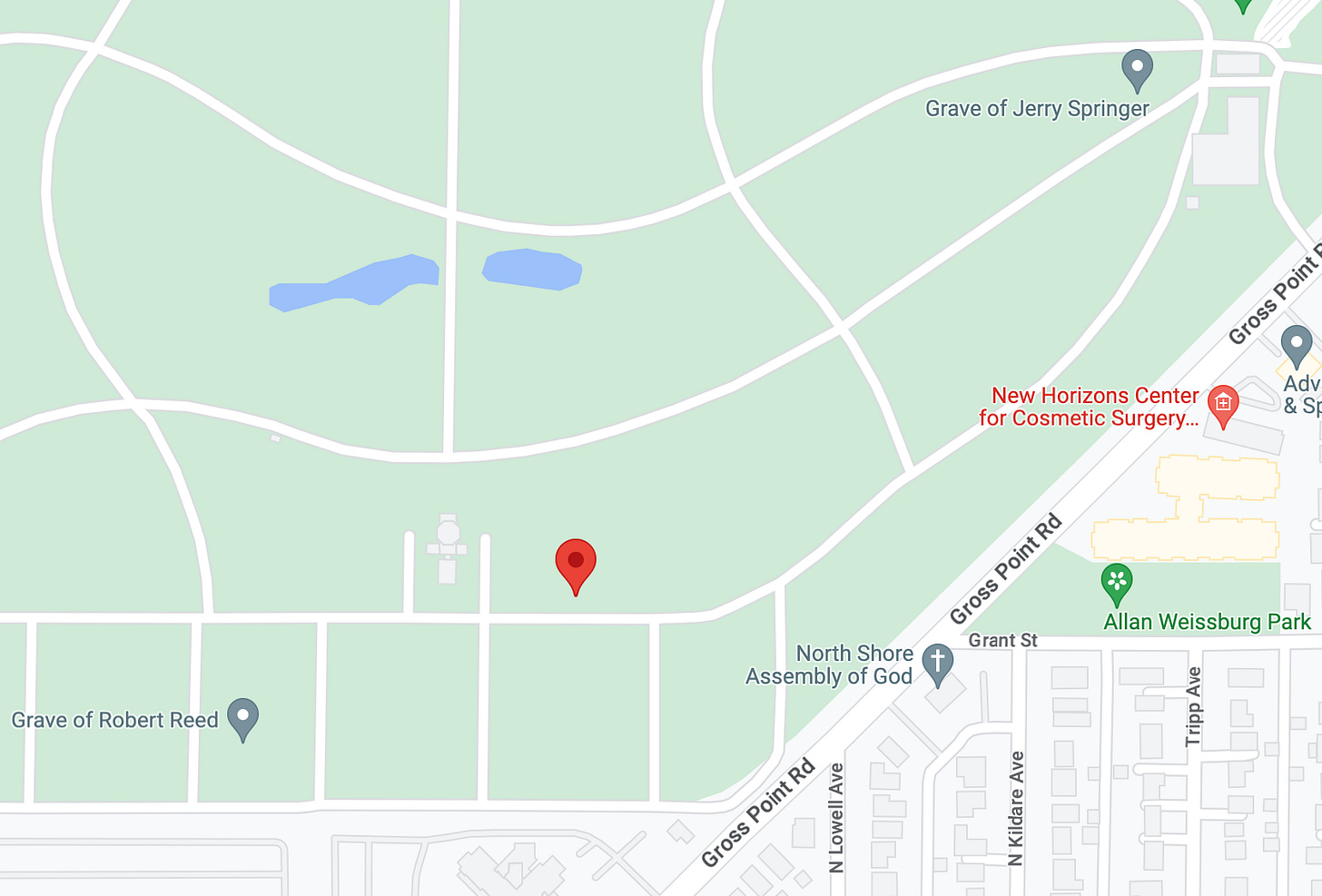
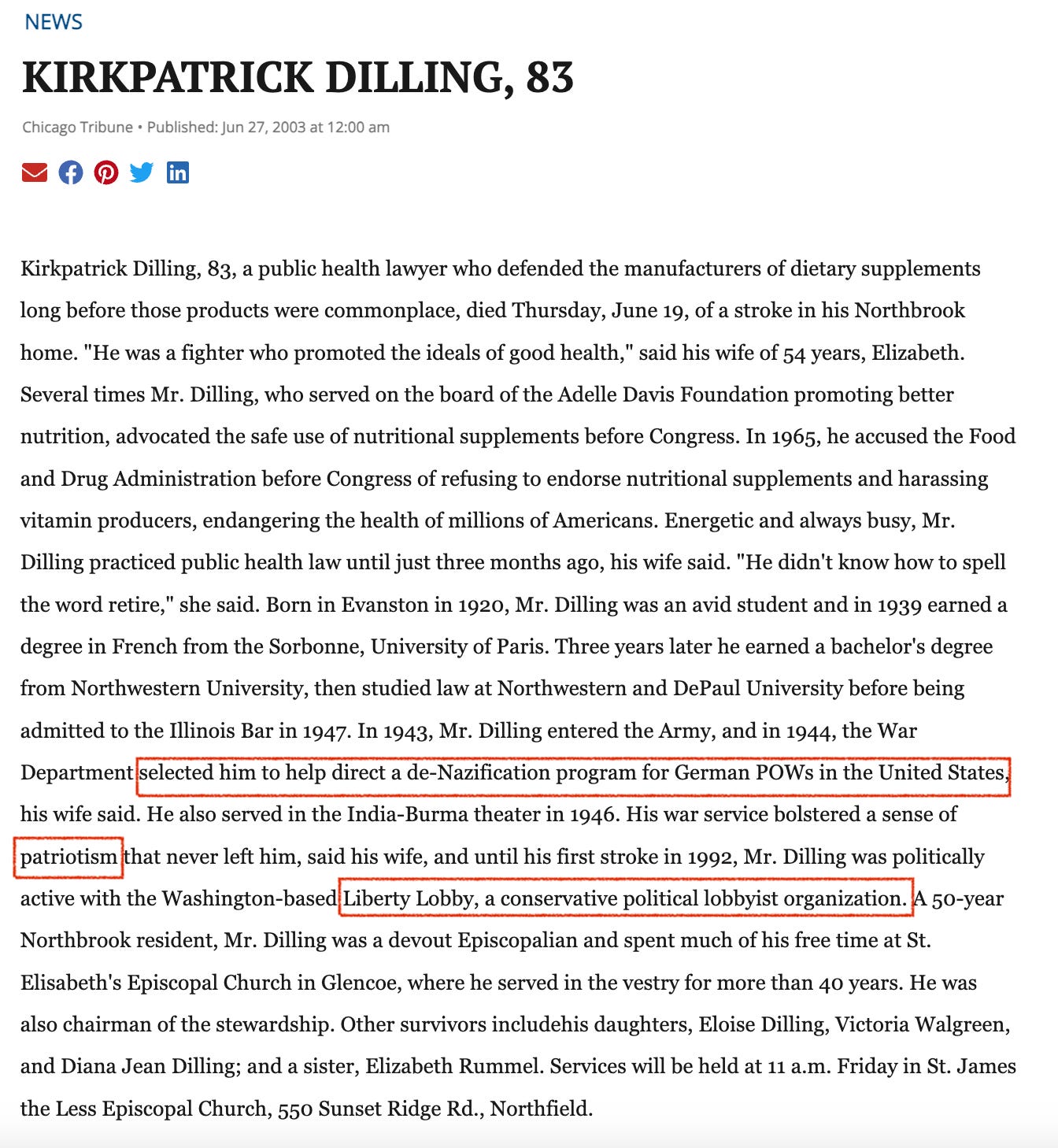

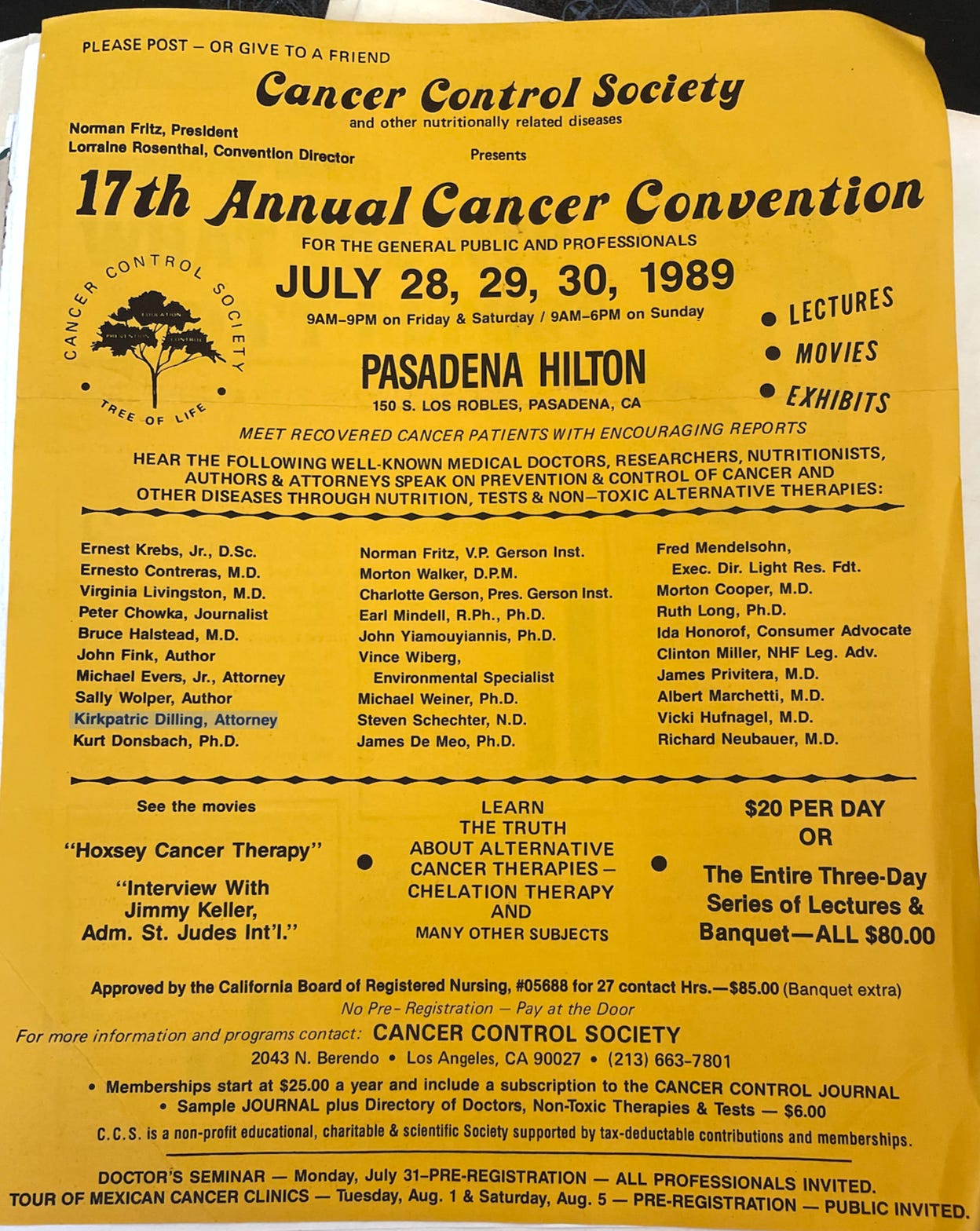
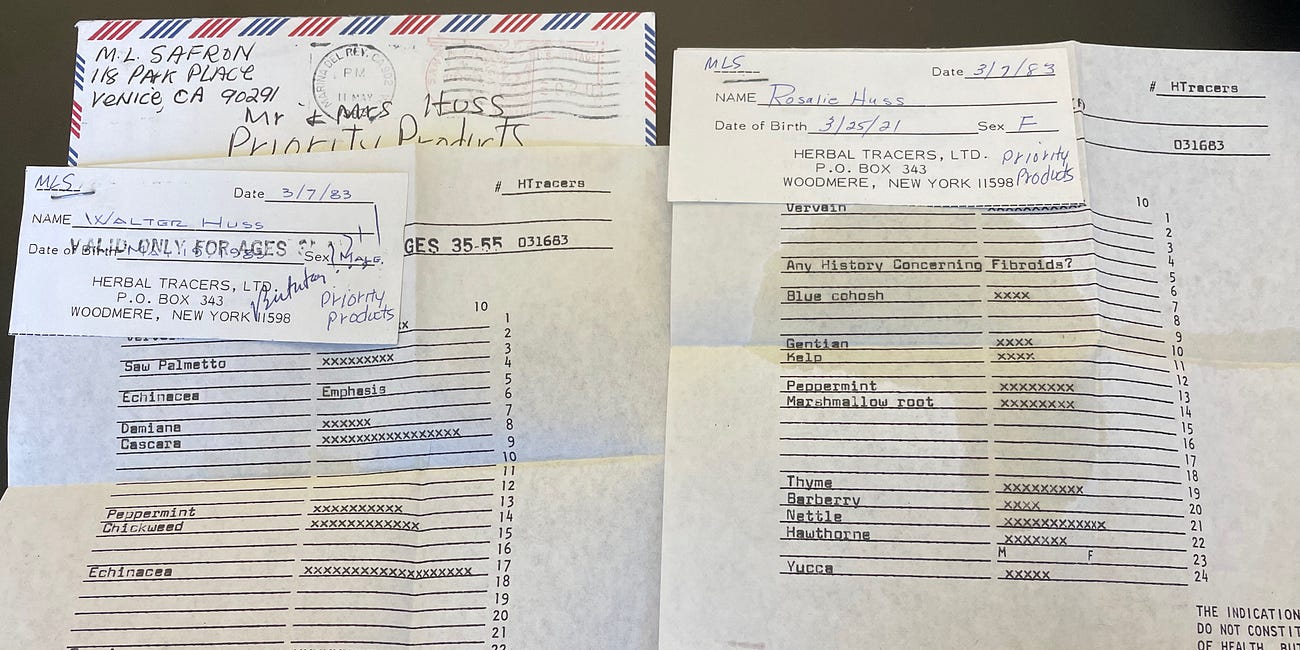
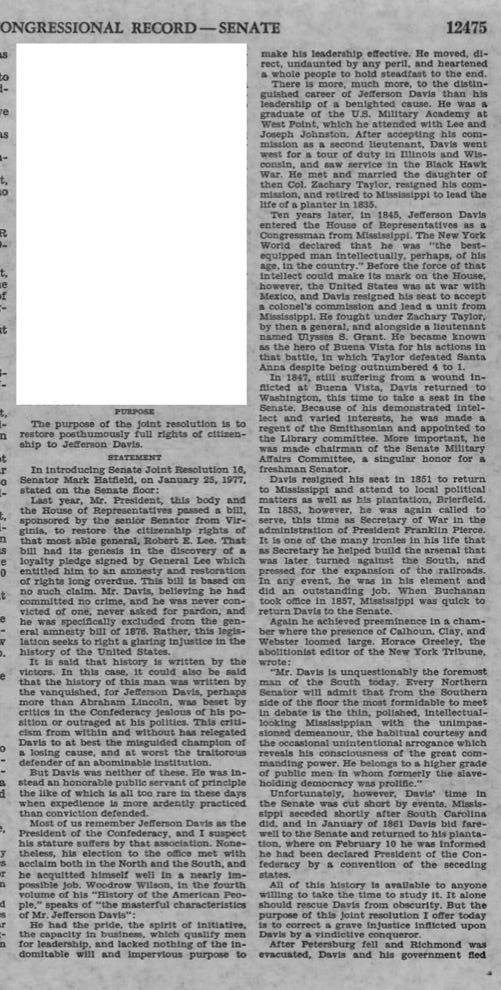

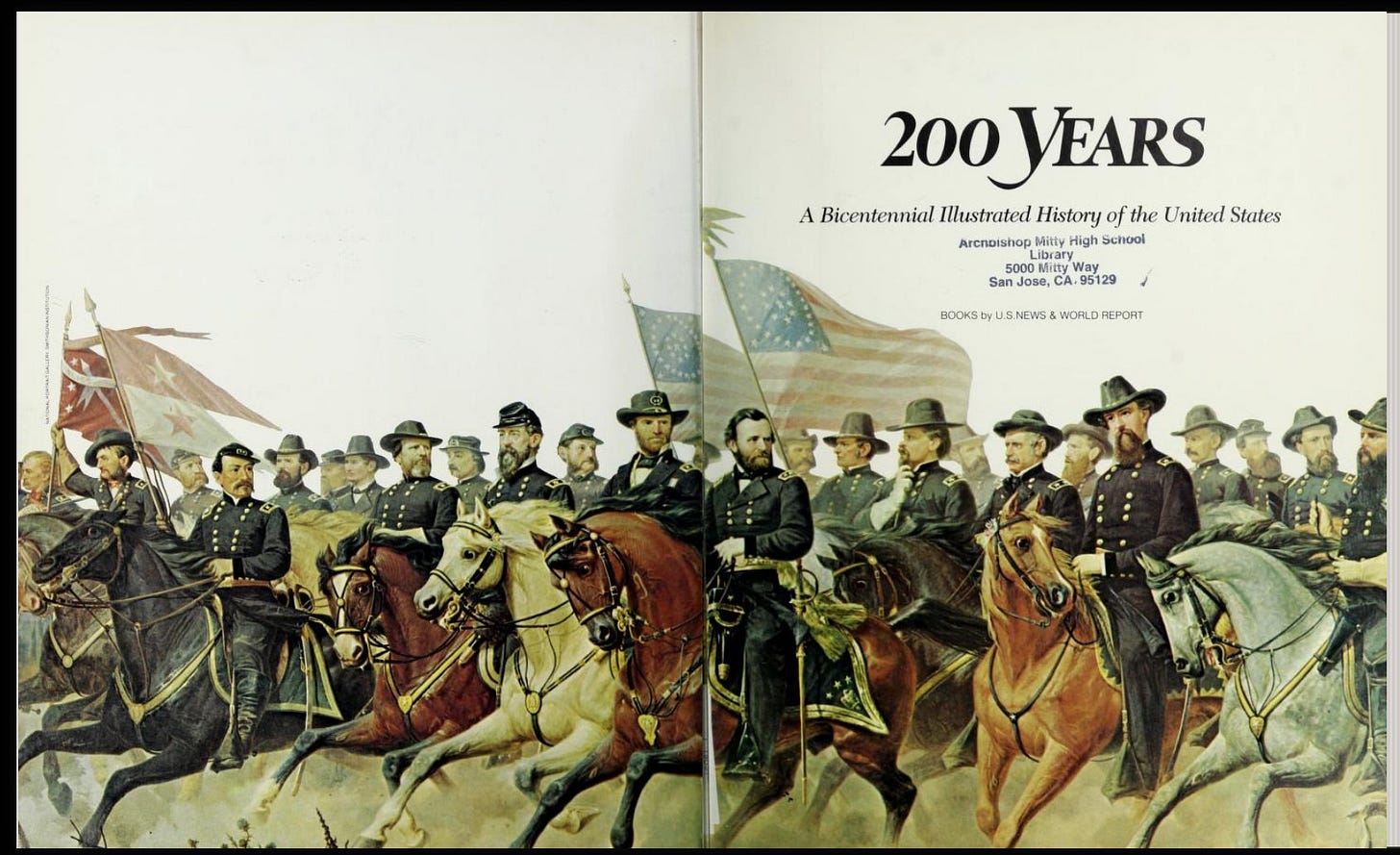
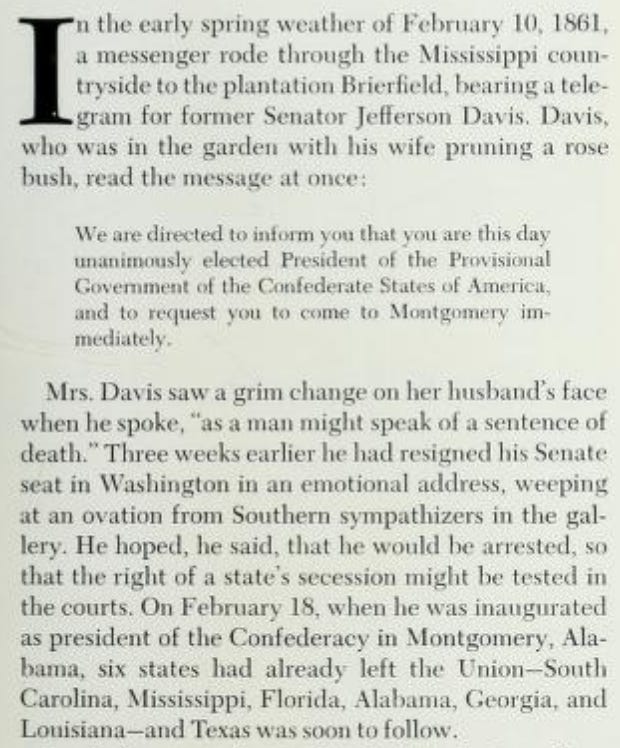
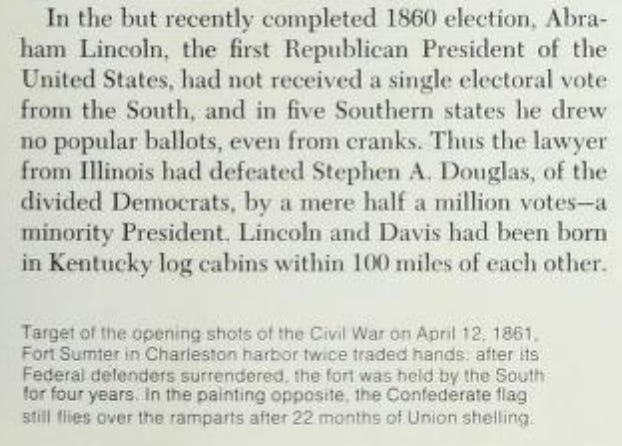
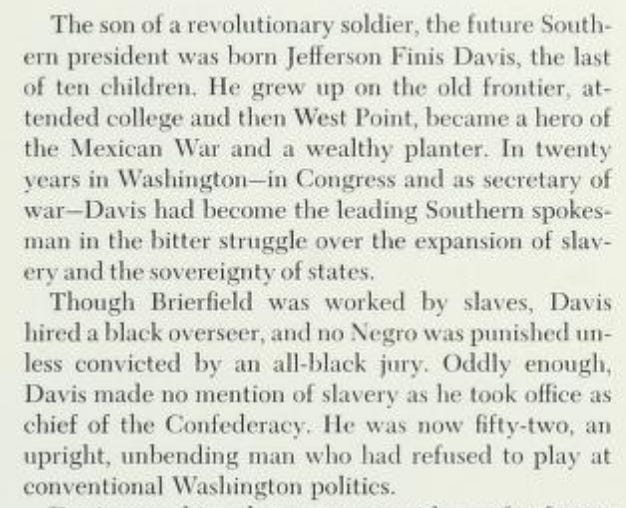
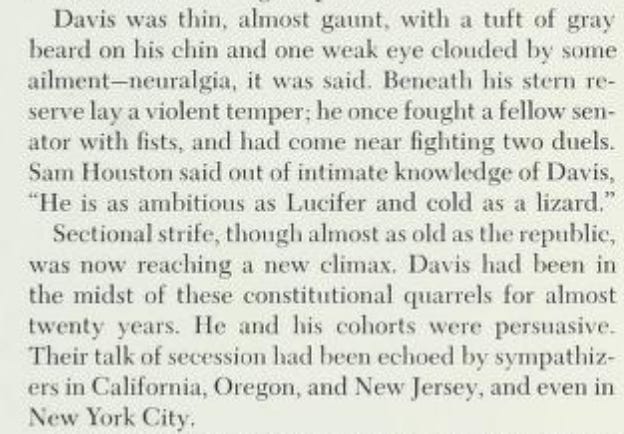
I grew up in the 1950s on the Upper West Side of Manhattan, so my experience was the flip side of yours. When my dad was in his 80s, he astonished me by casually remarking that back in the 30s, almost all my parents’ friends had been socialists or communists. Growing up, I’d never had a clue, but I’ve since concluded that their generation of New York Jews were scared shitless by the Rosenberg trial and by McCarthyism in general and were doing their best to hide their pasts. The overt antisemitism of the 1930s, which people like my parents remembered vividly and which my father definitely expected to return, was not just a historical footnote by the 50s but a looming shadow that kept those who could have named and shamed the fascists from speaking out.
This was a fascinating piece that really resonated with me. I grew up in suburban Los Angeles in the 60's-70's. My par
ents were so conservative I remember going to a Nixon rally in San Clemente when we were on a family vacation! Around Middle School I started questioning and was nearly expelled because I dared question why the school newspaper referred to sports teams as either "girls" or "mens". Thank you for filling in more detail. Actually going to see Rachel Maddow tonight in San Francisco!